Investment casting has long stood as a crucial process within the manufacturing realm, allowing intricate and detailed parts to be created with precision. One of the key materials that have continually captured the attention of industries worldwide is stainless steel. This alloy, renowned for its strength, resistance to corrosion, and versatility, has become indispensable, especially when the topic at hand is stainless steel investment casting parts.
In the manufacturing universe, stainless steel commands respect not only for its robust characteristics but also for its adaptability. Whether in aerospace, automotive, or medical sectors, the call for stainless steel investment casting parts is omnipresent. These parts, borne out of the intricate process of investment casting, represent the confluence of art and science in manufacturing.
The ensuing sections delve into the intricacies of the investment casting process for stainless steel, highlighting the nuanced decisions that ensure optimal outcomes. From the nuances of selecting the right stainless steel grade to design considerations ensuring efficient casting, the journey of creating stainless steel investment casting parts is indeed a fascinating one. This article is a voyage through this intricate world, providing insights and guidance for those eager to understand the value and potential of stainless steel in the investment casting sphere.
In this journey, we’ll encounter a plethora of terms, techniques, and tidbits, all essential in the realm of stainless steel investment casting parts. As we navigate through this topic, it’s essential to remember the pivotal role of stainless steel in shaping the industry’s future and setting new benchmarks in manufacturing excellence.
The Basics of Stainless Steel Investment Casting
The world of manufacturing is vast and multifaceted, with myriad processes tailor-made for specific materials and product requirements. One such standout technique is investment casting, particularly when paired with the unparalleled properties of stainless steel. In order to truly grasp the significance and intricacies of creating stainless steel investment casting parts, it’s imperative to understand the fundamentals of both the material and the method.
Definition and Characteristics of Stainless Steel
Stainless steel is an alloy primarily composed of iron, with a significant percentage of chromium that grants it its famed corrosion resistance. This resistance, coupled with properties like tensile strength, ductility, and thermal stability, makes stainless steel a favored choice across numerous sectors.
The element chromium, upon exposure to oxygen, forms a passive layer of chromium oxide, acting as a shield against corrosion. This natural protective feature is the reason why many industries opt for stainless steel, especially when the final product must endure challenging environments, such as in marine or chemical applications. Moreover, with variations in alloy composition, stainless steel can further be tailored to meet specific mechanical and thermal properties, thus broadening its applications.
The Investment Casting Process: A Quick Rundown
Investment casting, also known as lost-wax casting, is a process that dates back thousands of years. It is renowned for its ability to produce parts with intricate details, fine surface finishes, and dimensional accuracy. Here’s a brief walkthrough:
- Creation of a Pattern: Typically made from wax, this pattern mirrors the final stainless steel investment casting part in shape and dimensions.
- Assembly: Several wax patterns are affixed to a central gating system, forming a tree-like structure.
- Shell Building: The entire assembly is dipped in a ceramic slurry, then coated with refractory materials. This process is repeated multiple times, building up a thick ceramic shell around the wax pattern.
- Wax Removal: Once the ceramic shell is set, the wax inside is melted and poured out, leaving behind a hollow cavity in the exact shape of the desired part.
- Pouring: Molten stainless steel is poured into the pre-heated ceramic mold.
- Cooling and Solidification: The stainless steel cools and solidifies within the mold, taking on the intricate details of the original wax pattern.
- Shell Removal: The outer ceramic shell is broken away, revealing the cast stainless steel part beneath.
- Finishing: The final step involves cutting, polishing, and finishing the stainless steel investment casting part to achieve the desired surface finish and dimensional accuracy.
The combination of stainless steel’s versatile characteristics with the precision of the investment casting process opens the door to countless possibilities. Whether it’s a component for a surgical instrument, an aerospace part, or an automotive fixture, the marriage of these two marvels—stainless steel and investment casting—ensures durability, efficiency, and unparalleled quality.
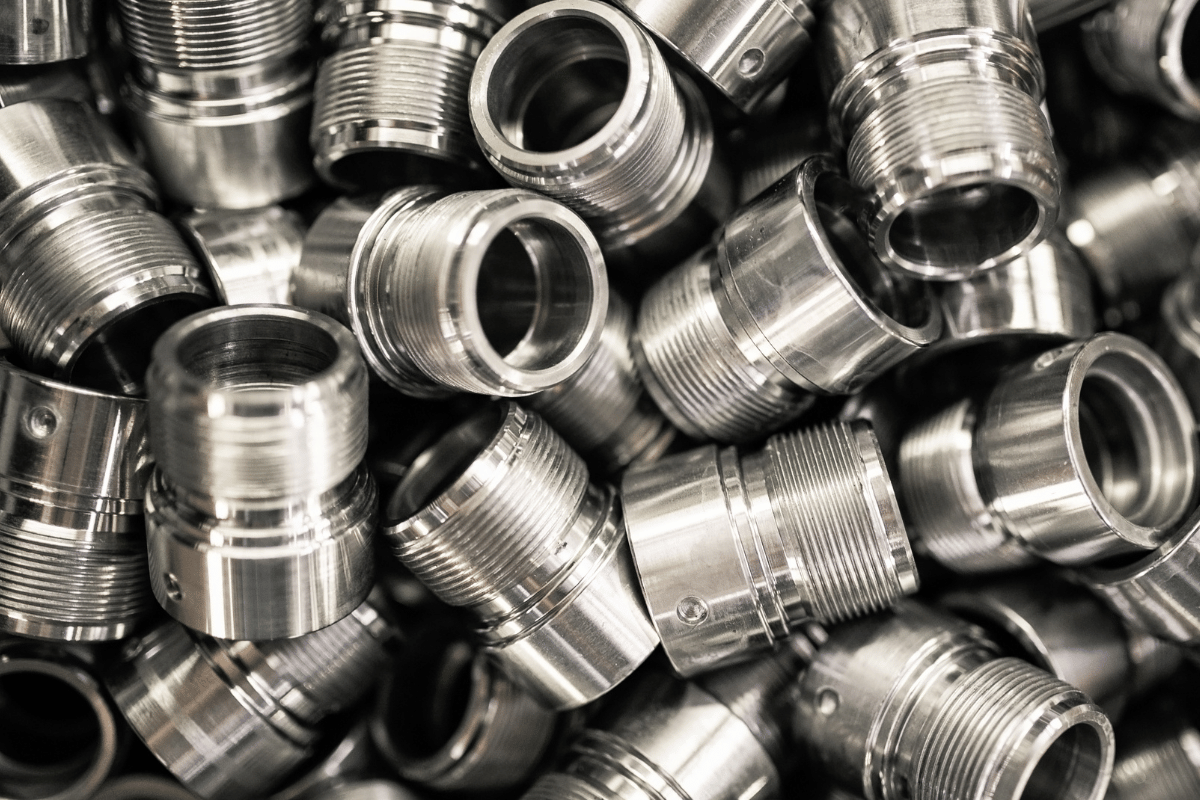
Material Selection: Why Stainless Steel?
Material selection is pivotal in the manufacturing realm, with decisions governed by a confluence of factors such as application needs, environmental conditions, and economic considerations. Among the pantheon of materials available to engineers and manufacturers, stainless steel consistently emerges as a preferred choice, especially when considering investment casting. But what gives stainless steel its revered status? Why not another metal or alloy? Let’s dive deeper into the reasons that make stainless steel the star of the investment casting stage.
Advantages of Stainless Steel Over Other Metals
- Corrosion Resistance: The inherent corrosion resistance of stainless steel, granted by its chromium content, is arguably its most acclaimed trait. This property ensures longevity and reduces maintenance needs, especially in corrosive environments like marine or chemical exposure.
- Strength-to-Weight Ratio: Stainless steel boasts an excellent strength-to-weight ratio, making it ideal for applications where strength is crucial without a significant addition in weight. This feature is particularly prized in the aerospace and automotive sectors.
- Temperature Resilience: Stainless steel retains its mechanical properties over a broad temperature range. Whether in the freezing depths of outer space or the blazing heat of industrial furnaces, stainless steel stands resolute.
- Aesthetic Appeal: The sleek, shiny finish of stainless steel is not just about looks. This gleaming surface is a testament to its resistance to staining and oxidation, making it a favorite in architectural and consumer goods applications.
- Hygienic Properties: Its non-porous nature makes stainless steel a hygienic option, which is why it’s ubiquitous in medical instruments, food processing, and kitchenware.
- Formability and Weldability: Despite its strength, stainless steel is notably formable, allowing for a wide array of shapes in investment casting. Its weldability further accentuates its versatility in manufacturing.
Stainless Steel Grades and Their Applications
Not all stainless steels are created equal. Variations in alloy composition lead to different grades, each tailored for specific applications.
- Austenitic Stainless Steels (e.g., 304, 316): Characterized by their high chromium and nickel content, these grades are known for their superb corrosion resistance and formability. Common applications include kitchen sinks, architectural facades, and marine equipment.
- Ferritic Stainless Steels (e.g., 430, 446): With higher iron and chromium content but less nickel, these steels are magnetic and are often used in automotive trims and industrial equipment.
- Martensitic Stainless Steels (e.g., 410, 420): Known for their high carbon content, these grades are hard and wear-resistant, making them ideal for cutlery, bearings, and surgical tools.
- Duplex Stainless Steels: Combining attributes of both austenitic and ferritic grades, duplex steels offer enhanced strength and corrosion resistance, finding use in chemical plants and desalination facilities.
- Precipitation Hardening (PH) Steels (e.g., 17-4 PH): Offering a combination of high strength and good corrosion resistance, these are used in aerospace and other high-performance applications.
In essence, the selection of stainless steel for investment casting parts is not a mere happenstance. It’s a calculated choice, rooted in the myriad advantages the material offers. From its distinct grades catering to diverse applications to its unmatched properties, stainless steel reigns supreme in the material world, ensuring that the products born out of its mold are of the highest caliber.
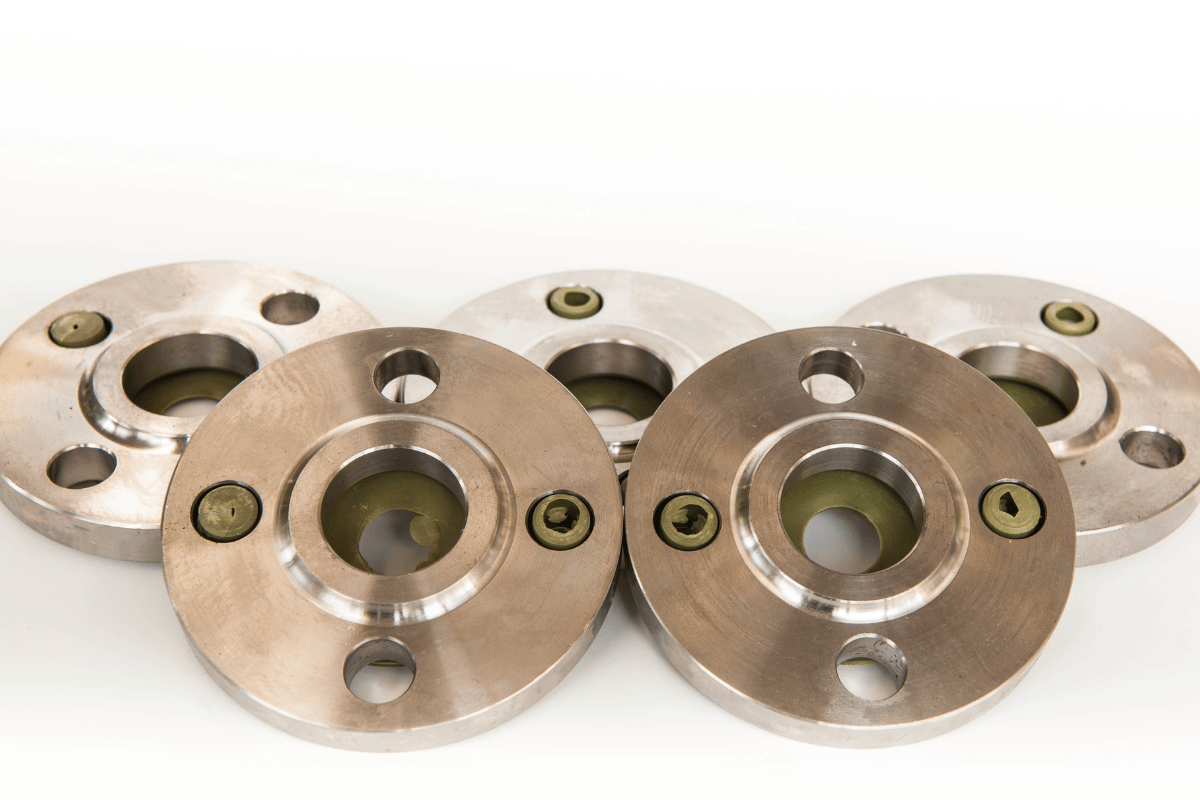
Design Considerations for Optimal Casting
The process of investment casting might seem straightforward on the surface, but it involves a dance of precise coordination and meticulous planning. This is especially true when one deals with stainless steel, a material known for its outstanding properties but also its unique quirks. For casting parts that meet exact specifications, are structurally sound, and have the desired aesthetics, careful attention to design is imperative. Here, we’ll explore key design considerations that ensure the optimal casting of stainless steel investment casting parts.
Geometric Considerations: Undercuts, Drafts, and Fillets
- Undercuts: These are features in the part design that inhibit smooth mold removal. While investment casting offers greater flexibility in handling undercuts compared to other casting methods, it’s still essential to design them with care to ensure mold integrity and ease of production.
- Drafts: A slight angle or taper provided to certain features, drafts facilitate the easy removal of the casting from the mold. For stainless steel investment casting, ensuring adequate draft angles minimizes potential damage during demolding, preserving the detail and finish of the cast part.
- Fillets: Sharp internal corners or intersections in a design can be stress concentrators, potentially leading to cracks or structural weaknesses in the final cast part. Introducing fillets—rounded transitions between adjacent surfaces—can mitigate this issue, distributing stresses more evenly and improving the structural robustness of the part.
Wall Thickness and its Importance
Uniform and optimal wall thickness is crucial for several reasons:
- Feeding: To compensate for shrinkage as the stainless steel solidifies, it’s crucial to maintain a consistent wall thickness. This ensures the uninterrupted flow of material, preventing defects like shrinkage porosity.
- Cooling Rates: Uniform wall thickness ensures consistent cooling rates, reducing the likelihood of residual stresses or warping in the final part.
- Cost Efficiency: By optimizing wall thickness, one can ensure efficient material usage, speeding up production times and minimizing wastage, thereby making the stainless steel investment casting process more cost-effective.
Using Simulation Tools for Predicting Casting Outcomes
In today’s digitized era, the use of advanced simulation software has become commonplace in casting design. These tools allow designers and engineers to:
- Predict Flow Patterns: Understanding how molten stainless steel will flow within the mold can help identify and mitigate potential issues like turbulent flow or trapped air, both of which can lead to defects.
- Analyze Solidification: Simulating the cooling and solidification process can spotlight areas prone to shrinkage or hot spots, informing design modifications to counteract these issues.
- Optimize Gating and Feeding Systems: Simulations can assist in designing the most efficient gating systems, ensuring seamless feeding of molten material into every part of the mold.
- Stress Analysis: By simulating the casting process, potential stress concentrations in the final part can be identified and addressed in the design phase itself.
In conclusion, while stainless steel investment casting offers unparalleled precision and versatility in part production, achieving optimal outcomes hinges on the marriage of thoughtful design with the material’s innate properties. By factoring in geometric nuances, maintaining consistent wall thickness, and leveraging modern simulation tools, one can pave the way for casting excellence, producing stainless steel parts that stand testament to the power of design foresight.
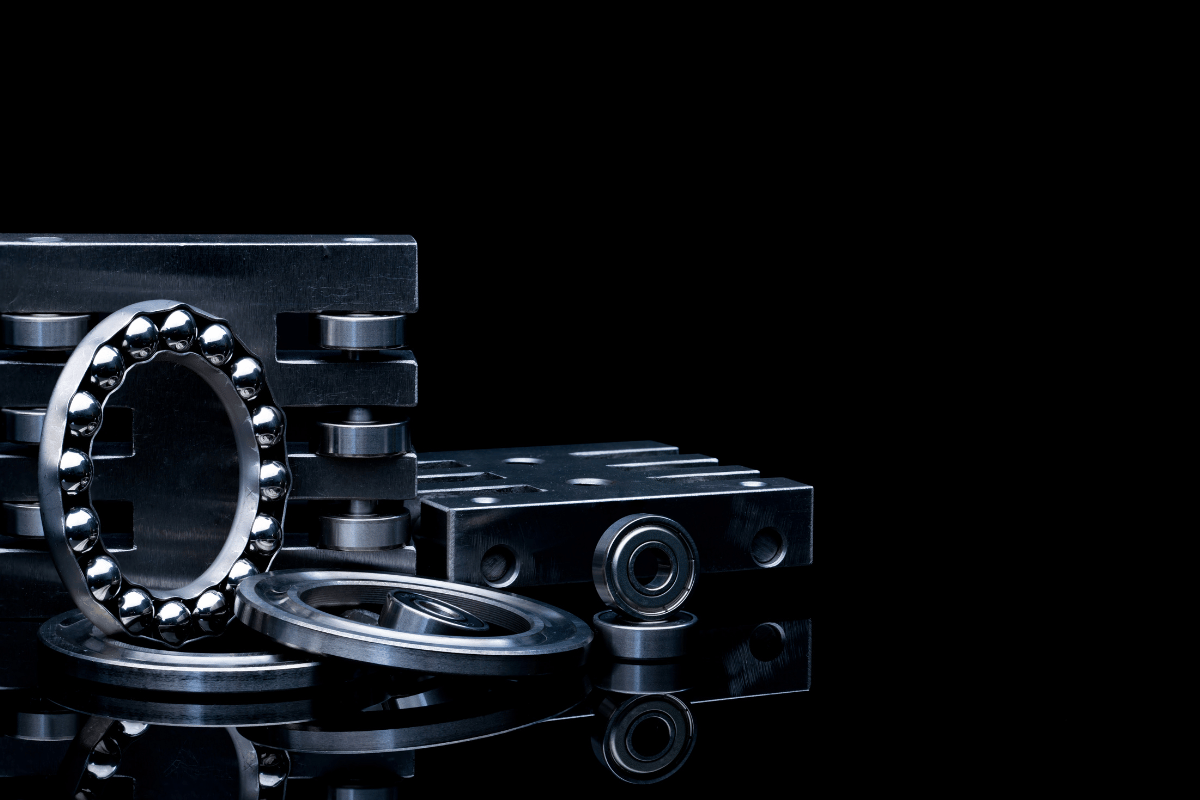
Mold Design and Construction
At the heart of the investment casting process lies the mold. It’s the unsung hero that quietly shapes and gives form to the molten metal, transforming it from a fiery liquid into intricate stainless steel investment casting parts. But for this transformation to be successful, the mold must be a masterpiece of design and construction. Below, we delve into the pivotal aspects of mold design and the nuances of its construction.
Importance of Accurate Molds for Quality Casting
- Dimensional Precision: The fidelity of the mold directly affects the dimensional accuracy of the cast parts. An accurate mold ensures that the stainless steel parts meet the exact specifications set by the design.
- Surface Finish: The mold’s surface condition is mirrored on the cast part. A smooth, well-finished mold translates to a stainless steel part with a superior surface finish, reducing post-casting finishing work.
- Repeatability: Consistency is key in mass production. A well-designed and constructed mold ensures that each successive casting is consistent with the last, maintaining uniformity across large production runs.
Techniques for Optimizing Mold Lifespan
Creating the perfect mold is an investment in time, effort, and resources. It’s only prudent to ensure its longevity. Here’s how:
- Material Selection: The choice of mold material is crucial. Refractory materials, which can withstand the high temperatures of molten stainless steel without degrading quickly, are preferred.
- Temperature Management: Managing the mold’s temperature during casting is pivotal. Gradual preheating before casting can prevent thermal shocks, while controlled cooling post-casting minimizes stresses that can cause cracks.
- Coatings: Protective coatings can be applied to the mold’s interior surfaces. These coatings act as a barrier, protecting the mold from the aggressive effects of molten stainless steel and facilitating easier part removal.
- Mold Assembly: A mold comprises multiple components. Ensuring they fit together seamlessly, without gaps or misalignments, can prevent leakages and extend mold life.
Constructing the Mold: A Glimpse into the Process
- Pattern Creation: The process begins with the creation of a pattern, typically made of wax or plastic, which mirrors the final desired shape of the stainless steel part.
- Shell Building: The pattern is then repeatedly dipped into a ceramic slurry, forming a ceramic shell around it. Layers are built up until the desired mold thickness is achieved.
- Pattern Removal: Once the ceramic shell is dry, the pattern inside is melted or burned out, leaving a hollow mold.
- Mold Firing: The mold is then fired in a kiln, solidifying the ceramic and preparing it for casting. This process also ensures the removal of any residual pattern material.
- Casting: Molten stainless steel is poured into the preheated mold. Once solidified, the ceramic shell is broken away, revealing the cast part.
- Finishing Touches: Any gating or excess material is removed, and the part undergoes further finishing processes as required.
In wrapping up, the mold is more than just a vessel for shaping molten metal. It’s a testament to engineering acumen, craftsmanship, and the profound understanding of materials. By prioritizing accuracy in mold design and employing techniques to enhance its lifespan, manufacturers can ensure the production of high-quality stainless steel investment casting parts, meeting the demands of diverse industries with precision and panache.
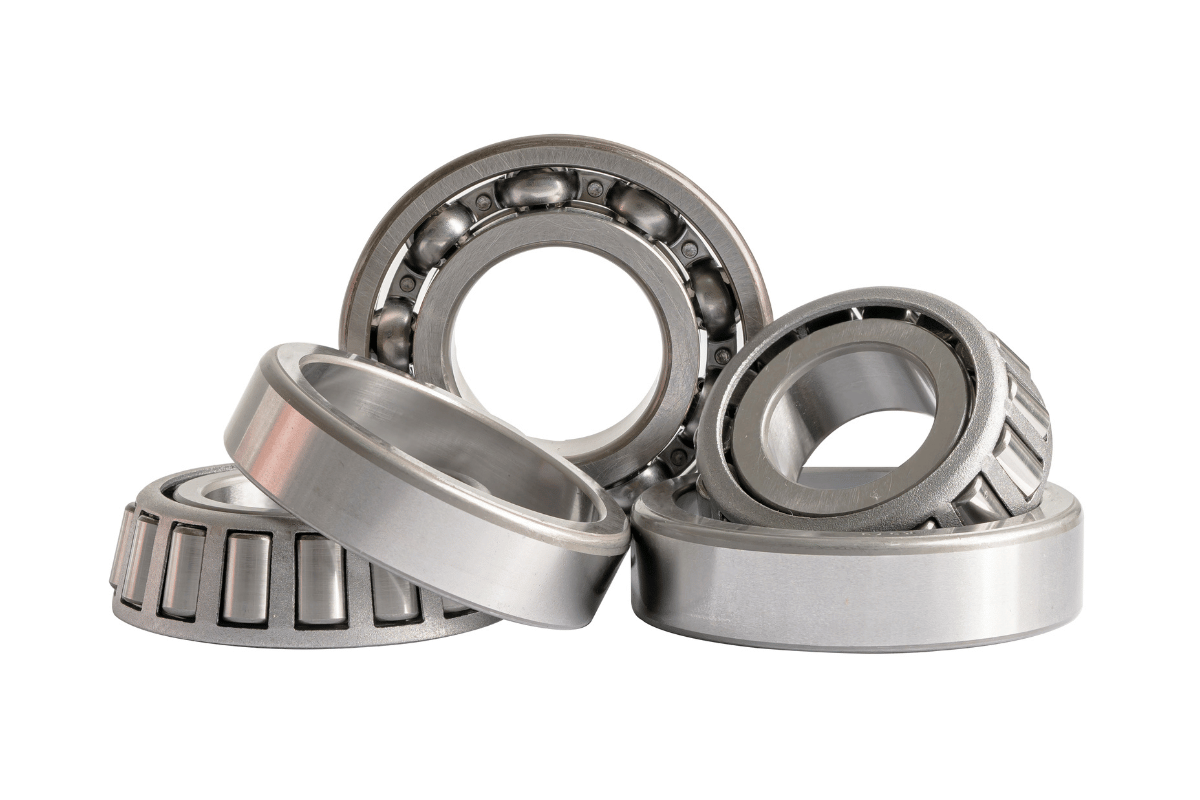
Quality Control and Defect Prevention
Quality is the keystone in the realm of investment casting, particularly when working with materials as intricate and challenging as stainless steel. Given the myriad of variables at play during the casting process, there’s a heightened risk of imperfections or defects. Thus, establishing stringent quality control measures and focusing on defect prevention becomes paramount. In this segment, we’ll delve deep into ensuring the excellence of stainless steel investment casting parts through rigorous quality checks and best practices.
Common Defects in Stainless Steel Investment Casting
- Porosity: Small voids or pores can form in the casting due to gases trapped in the molten stainless steel or shrinkage during solidification. This can compromise the part’s structural integrity and appearance.
- Cold Shut: This defect arises when two fronts of liquid metal do not fuse properly during the pouring process, leading to a visible line or seam on the finished part.
- Inclusions: Foreign materials, often slag or refractory fragments, can become entrapped in the casting, leading to weakened areas or visible imperfections.
- Warping: Uneven cooling rates can cause parts to warp or deform from their intended shape.
- Hot Tears: These are cracks that form while the metal is still partially liquid, often due to constraints in the mold that prevent contraction during solidification.
Techniques and Equipment for Defect Detection
- Visual Inspection: A primary and fundamental step where trained inspectors scrutinize the stainless steel parts for obvious external defects.
- Dye Penetrant Inspection: This method involves applying a dye to the part’s surface, which seeps into any cracks. Excess dye is then wiped away, and a developer is applied, making the imperfections visible.
- Radiographic Inspection (X-ray): This allows for the visualization of the internal structure of the casting, revealing inclusions, voids, or other internal defects.
- Ultrasonic Testing: High-frequency sound waves are directed at the casting, and their reflections are analyzed to detect any discontinuities within the part.
- Magnetic Particle Inspection: Useful for detecting surface and near-surface defects, this method involves magnetizing the part and sprinkling it with magnetic particles, which are attracted to areas with discontinuities.
Best Practices for Prevention
- Meticulous Mold Design: As discussed earlier, a well-designed mold minimizes the chances of many defects, including cold shuts and hot tears.
- Proper Temperature Management: Ensuring the right pouring temperature for stainless steel and maintaining uniform cooling can mitigate porosity and warping.
- Gas Control: Implementing degassing techniques and using low-gas-content binders can reduce gas-related porosity.
- Material Purity: Using high-quality, contaminant-free stainless steel ensures fewer inclusions and other material-related defects.
- Regular Equipment Maintenance: Keeping all casting equipment in top condition ensures consistent and defect-free production.
To conclude, quality control is not just a post-process activity but an intrinsic part of the stainless steel investment casting journey. By integrating rigorous inspection methods and championing defect prevention best practices, manufacturers can uphold the highest standards, delivering stainless steel parts that don’t just meet but exceed expectations.
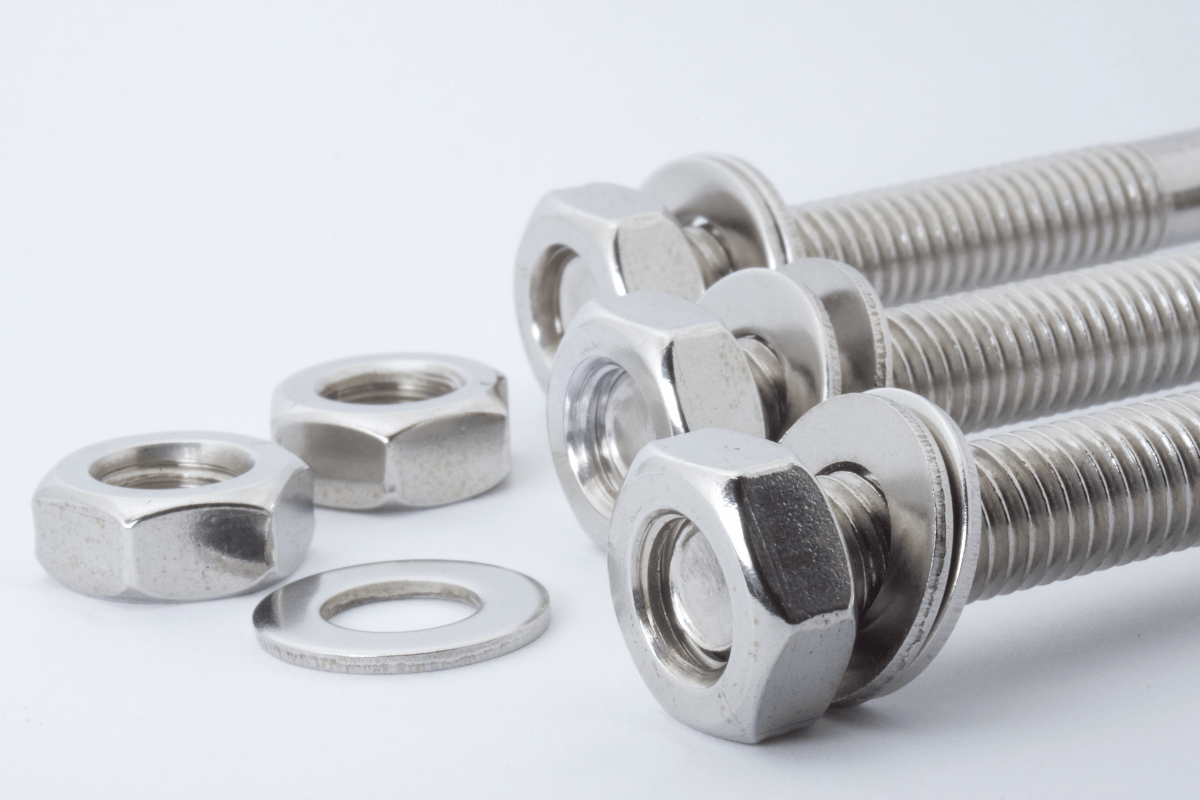
Post-Casting Processes
Once the stainless steel investment casting parts have taken their primary shape and emerged from their molds, the journey isn’t quite over. Post-casting processes are the finishing touches, the final brush strokes on the canvas that perfect the masterpiece. These processes further refine, strengthen, and aesthetically enhance the stainless steel components, ensuring they’re ready to seamlessly fit into their intended applications. Let’s navigate through the key post-casting processes that these parts undergo.
Importance of Heat Treatments
- Stress Relieving: During the casting process, internal stresses can build up within the metal. Heat treatments can alleviate these stresses, reducing the risk of premature failure or warping.
- Hardening and Tempering: These processes alter the crystal structure of the stainless steel, enhancing its hardness, strength, and toughness. Hardening involves heating the part and then rapidly cooling it, while tempering involves reheating the hardened part to a specific temperature and then cooling it, usually in open air.
- Solution Annealing: This process is particularly beneficial for austenitic stainless steels. It involves heating the part to a high temperature and then rapidly cooling it, which ensures that carbon and other alloying elements are uniformly dissolved in the austenitic phase. The result is enhanced corrosion resistance and mechanical properties.
Surface Finishing Techniques for Stainless Steel Parts
- Grinding and Polishing: This process removes any excess material (like sprues or gates) from the casting. Additionally, polishing can give the stainless steel parts a smooth, mirror-like finish, which is often desirable for aesthetic or functional reasons.
- Blasting: Techniques such as sandblasting or bead blasting can be used to give the stainless steel a uniform matte finish. This not only enhances appearance but can also improve the part’s resistance to corrosion and fatigue.
- Electropolishing: This electrochemical process removes a thin layer from the part’s surface, resulting in a smooth and highly reflective finish. It can also increase the part’s corrosion resistance.
- Plating: Though stainless steel is inherently corrosion-resistant, there might be instances where a plated finish, such as chrome or nickel, is desired for added protection or aesthetic appeal.
- Passivation: This chemical process aims to enhance the corrosion resistance of the stainless steel. It involves treating the part with an acid solution, which removes free iron from the surface, ensuring that the outermost layer is rich in chromium.
- Coatings: Special coatings can be applied to the stainless steel parts for specific purposes, such as enhanced wear resistance, lubricity, or thermal protection.
In summary, while the casting process is crucial in giving the stainless steel investment casting parts their fundamental shape and properties, it’s the post-casting processes that finesse and optimize them. From the molecular-level changes invoked by heat treatments to the surface-level enhancements brought by finishes, these processes ensure that every stainless steel part is tailored to perfection, ready to serve its purpose with resilience, longevity, and elegance.
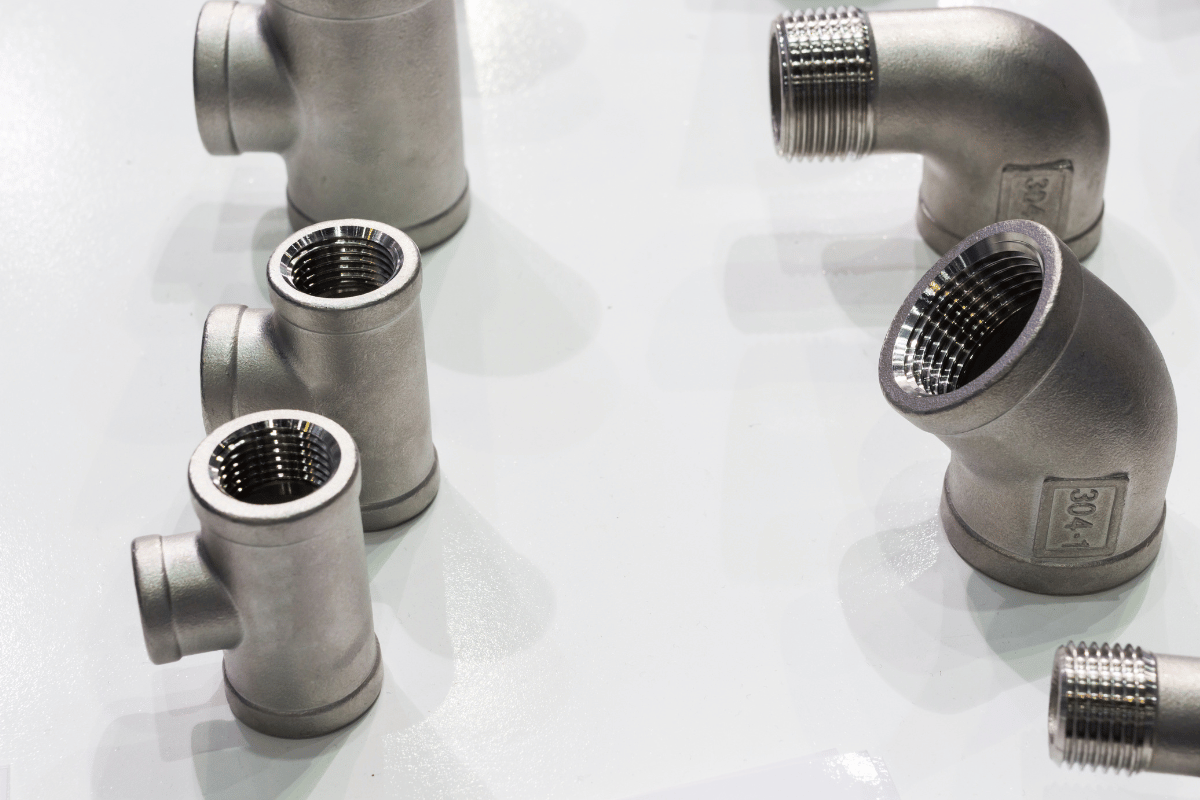
Cost-Effective Measures in Stainless Steel Investment Casting
In an ever-evolving industrial landscape, balancing cost-effectiveness with product quality is paramount. Stainless steel investment casting is no exception to this rule. Manufacturers are continuously seeking avenues to curtail expenses without compromising the caliber of the stainless steel investment casting parts they produce. Through a mix of technological advancements, process optimization, and materials management, achieving this balance is more feasible than one might think. Let’s venture into some of the pivotal measures embraced by the industry.
Ways to Reduce Production Costs without Compromising Quality
- Optimizing Material Usage: By meticulously designing molds and employing computer-aided design (CAD) tools, it’s possible to minimize wastage of stainless steel during the casting process. Efficient gating and runner systems can reduce the excess material that gets discarded post-casting.
- Batch Production: Producing parts in larger batches can lead to economies of scale, as fixed costs (like mold creation) get distributed over a more considerable number of parts.
- Waste Recycling: Recouping and recycling the excess or defective stainless steel from the casting process can lead to substantial cost savings, given the value of stainless steel as a material.
- Predictive Maintenance: Using sensors and advanced monitoring tools to predict when machinery and equipment might fail allows for proactive maintenance, reducing downtime and ensuring uninterrupted production.
- Process Automation: Automating repetitive or labor-intensive tasks within the casting process can lead to faster production times, reduced human error, and consistent quality.
Advancements in Automation and Its Effects on Cost
- Robotic Assistance: Robots, equipped with machine learning capabilities, can now handle tasks like pouring molten stainless steel, inspecting parts for defects, or even performing intricate post-casting processes. This not only reduces labor costs but also enhances precision.
- 3D Printing of Molds: Recent advancements have enabled the 3D printing of investment casting molds. This can expedite the mold-making process, reduce lead times, and offer unparalleled design flexibility, all of which can contribute to cost savings.
- Integrated Quality Control: Modern production lines incorporate real-time quality control checks using sensors, cameras, and other detection equipment. This immediate feedback can reduce the number of defective parts produced, thus conserving materials and labor.
- Advanced Simulation Tools: As discussed in earlier sections, simulation tools can predict how molten stainless steel will flow, solidify, and cool. Using these predictions to refine the casting process can reduce the number of iterations and trials, saving both time and material.
To encapsulate, the journey towards cost-effective stainless steel investment casting hinges on the smart amalgamation of traditional craftsmanship with cutting-edge technology. By harnessing the myriad of tools and techniques at their disposal, manufacturers can produce stellar stainless steel investment casting parts that are not only high in quality but also economically produced.
The intricate dance of molten metal solidifying into a precise and purposeful shape is a testament to the enduring charm and capability of stainless steel investment casting. This age-old process, with its roots tracing back millennia, today stands at the crossroads of tradition and modernity, effortlessly blending the artisanal with the automated. As we’ve navigated through the nuances of stainless steel investment casting parts, it’s evident that this field isn’t merely about forming metal but sculpting innovations.
The future of stainless steel investment casting is radiant with promise. As industries across the spectrum — from aerospace to healthcare, from automotive to infrastructure — continue to expand and evolve, the demand for robust, reliable, and precision-engineered stainless steel parts will only surge. And investment casting, with its unparalleled ability to produce complex shapes with minimal wastage, will indubitably be at the forefront of meeting this demand.
Furthermore, technological advancements will continue to reshape the casting landscape. The integration of artificial intelligence, machine learning, and advanced robotics will streamline processes, enhance quality control, and usher in new design possibilities. Concurrently, sustainability will rise in prominence, with manufacturers adopting eco-friendly practices, emphasizing recycling, and minimizing their carbon footprints.
But perhaps, the most significant hallmark of the future will be the spirit of continuous innovation. The relentless quest for perfection, the drive to push boundaries, and the vision to foresee and adapt to changing market dynamics will dictate the success trajectory of industry players.
In reflection, stainless steel investment casting is more than a process; it’s a testament to human ingenuity. From the alloys’ formulation to the final polish on a cast part, every step encapsulates the symbiosis of science, art, and commerce. And as we gaze ahead, it’s heartening to know that this intricate ballet of molten metal will continue to shape not just parts, but the very future of our industrialized world.
References and Further Reading:
- Campbell, J. (2003). Casting Practice: The 10 rules of casting. Butterworth-Heinemann.
- Heine, R. W., Loper, C. R., & Rosenthal, P. C. (1959). Principles of Metal Casting. Tata McGraw-Hill Education.
- Stefanescu, D. M. (2015). Science and Engineering of Casting Solidification. Springer.
- Beeley, P. (2001). Foundry Technology. Butterworth-Heinemann.
- Rao, T. V. R. (2003). Metal Casting: Principles and Practice. New Age International.
